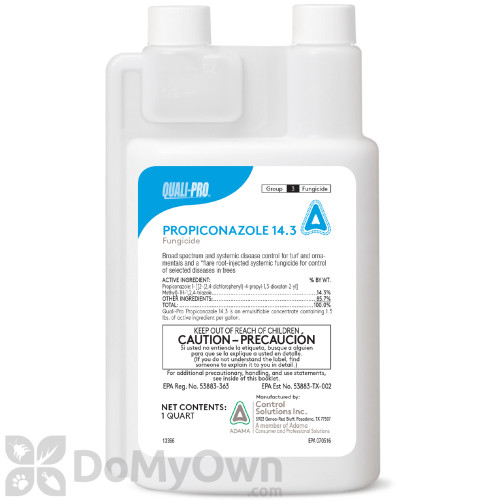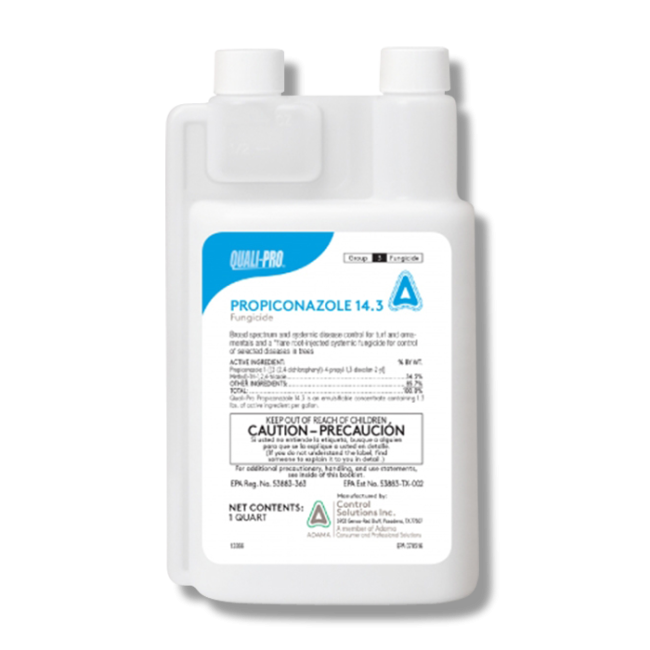Alright, so today I wanted to chat a bit about something that comes up pretty often when you’re trying to sort out your lawn – specifically, when you’re using propiconazole. The big question: does propiconazole need to be watered in? I’ve been through this rodeo a few times, so let me walk you through what I usually do.
My First Dance with Propiconazole and the Watering Question
I remember the first time I had a nasty case of brown patch creeping across my turf. Looked like a doggone mess. I headed down to the store, picked up some propiconazole – heard good things about it. Got home, read the instructions, mixed it up in my sprayer, and then I paused. The label was, well, a bit like those legal documents, you know? Said something about irrigation for certain things, less so for others. It wasn’t super clear-cut for my exact situation, or maybe I just wasn’t caffeinated enough.

So, what I did that first time was a bit of an experiment. I had a couple of really bad patches, and one smaller one just starting.
- For the big patches, I sprayed the propiconazole, and then about an hour later, I gave them a light watering. Not a soaking, just enough to get the soil damp, maybe a quarter-inch of water, tops. My thinking was, I wanted it to get down to the roots if the problem was starting there.
- For the smaller, newer patch, I sprayed it and just left it. Figured I’d see if there was a difference. I made sure there was no rain in the forecast for at least 24 hours for that one, wanted it to dry on the leaves.
What I Saw and What I Do Now
Well, wouldn’t you know it, both areas started to look better after about a week or so. The grass stopped dying off, and new growth eventually filled in. The area I didn’t water in seemed to respond just as well for that particular foliar issue, which at the time I was pretty sure was mostly on the blades.
Over the years, I’ve used propiconazole for a few different fungal headaches. Here’s what I’ve kinda settled on, based on my own trial and error, and a bit more careful label reading each time:
Generally, my approach is this:
I always, always, ALWAYS check the product label first. They’re not all created equal, and the formulation can matter. Some will specifically say “water in immediately” or “water in within X hours.” If it says that, I do it. No questions asked. Those guys know their chemicals.
If the label is a bit vague, or suggests it for soil-borne diseases, my thinking goes like this:

- For stuff that looks like it’s mainly on the leaves (like dollar spot or some types of rust): I usually spray and let it dry on the foliage. I want the leaf to absorb it. I make sure it’s not going to rain for a good 24 hours if I can help it. Giving it that drying time seems to let it stick and do its job on the surface and just under it.
- If I suspect the problem is deeper, like a root issue or something like summer patch which hits the crowns and roots: Then yes, I’ll water it in. Usually, I’ll wait an hour or two after application to let the leaves absorb some if they can, then I’ll irrigate with about a quarter to half an inch of water. The idea is to wash the product off the leaves and get it down into the soil and root zone where it’s needed.
So, does it need to be watered in? My experience says: it depends. It depends on what you’re treating and what that specific product label tells you. There isn’t a one-size-fits-all answer, unfortunately. But for me, the “let it dry on the leaves for foliar issues” and “water it in for soil/root issues” has been a pretty solid rule of thumb when the label gives me some leeway.
The key thing is to watch your lawn, see what it’s telling you, and always start with that product label. That’s been my most reliable guide through all this. Hope my rambling helps someone out there!




















